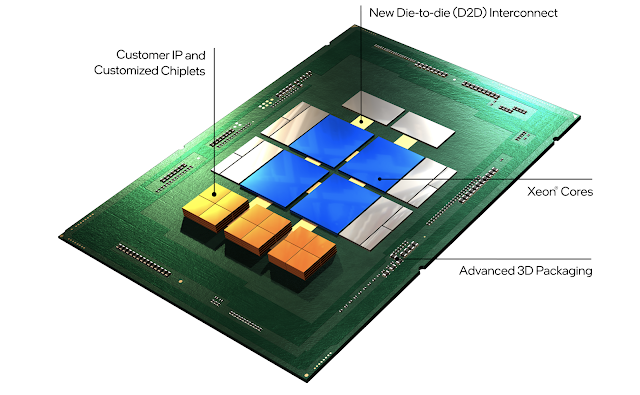Citing supply chain issues, Ciena now expects revenue for its fiscal first quarter 2022, ended January 29th, to be in the range of $840 to $850 million, compared to the company’s previous expectation of $870 to $910 million. Ciena’s GAAP gross margin for the fiscal first quarter is expected to be approximately 44% to 45%. Adjusted (non-GAAP) gross margin for fiscal first quarter is expected to be approximately 45% to 46%, at the high end of the previous guidance of 43% to 46%. Ciena’s GAAP operating expense for the fiscal first quarter is expected to be approximately $324 million. Adjusted (non-GAAP) operating expense for the quarter is expected to be approximately $290 million, in line with the previous guidance.
On a conference call, Ciena executives said the supply chain delays included semiconductors, ICs and memory devices -- low value, commercial parts, which were delivered too late in the quarter for manufacturing into finished products. Ciena reiterated that the production issues are resolved, and that many customers are giving visibility into their full year of demand, which remains strong.
“In our fiscal first quarter, we experienced several specific disruptions in the supply chain late in the quarter that exacerbated an already-challenging macro supply situation, which reduced our flexibility to fully mitigate these additional disruptions in the quarter. Nevertheless, we continue to see an unprecedented level of demand for our products and services, as evidenced by extraordinary orders growth and underpinned by an overall acceleration of cloud adoption and traffic growth,” said Gary Smith, president and CEO, Ciena.
Smith continued, “The combination of a very positive demand environment as well as expanding supply chain capacity aligned with increased visibility into the remainder of the year based on our order flow and backlog, provides us greater confidence in our ability to achieve our fiscal 2022 financial objectives. Accordingly, we continue to expect to achieve our revenue guidance of 11% to 13% annual growth for fiscal 2022.”
Ciena expects to announce full fiscal first quarter financial results on March 7, 2022.
https://investor.ciena.com/news/press-release-details/2022/Ciena-Announces-Preliminary-Fiscal-First-Quarter-2022-Results/default.aspx
























